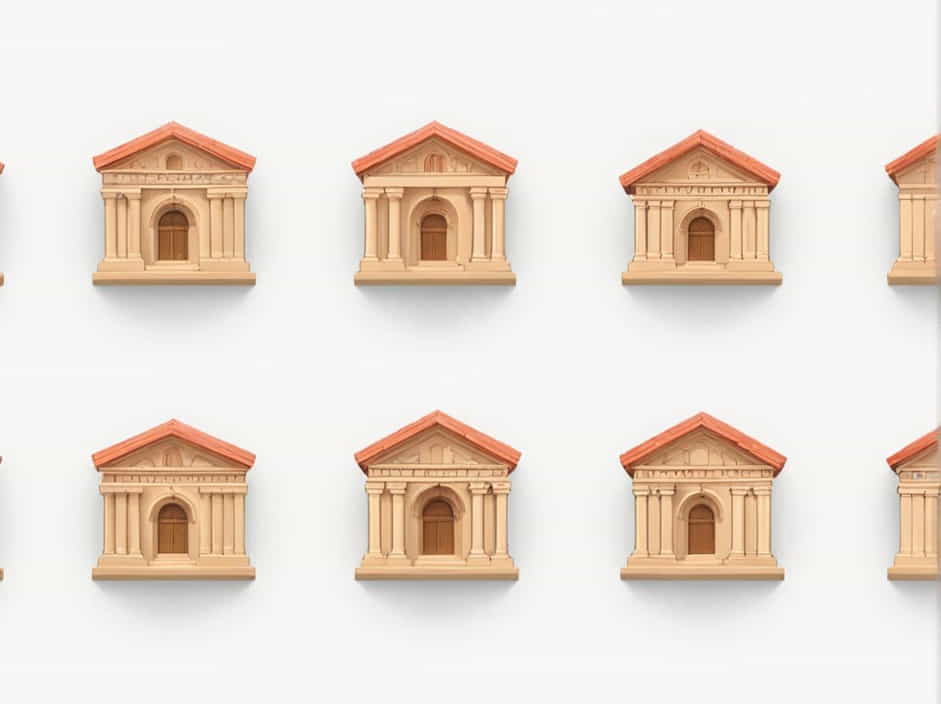Ottonian architecture, which flourished in Germany between the 10th and early 11th centuries, was a significant development in medieval European architecture. It was named after the Ottonian dynasty, a ruling family that sought to revive and expand upon the Carolingian architectural traditions.
One of the defining elements of Ottonian church design was the clerestory, a feature that allowed for better lighting and enhanced the grandeur of religious structures. But what exactly is a clerestory, and why was it so important in Ottonian architecture? This topic explores its characteristics, functions, and notable examples in Ottonian churches.
What is a Clerestory?
A clerestory refers to the upper section of a building’s walls that contains windows, typically positioned above eye level. These windows allow natural light to enter large spaces, making them an essential feature in churches, basilicas, and cathedrals.
In Ottonian architecture, clerestories were particularly significant because they:
- Increased natural illumination, reducing reliance on artificial light sources.
- Created a sense of height and openness, emphasizing the spiritual nature of the church.
- Enhanced decorative elements, as light streaming through windows highlighted frescoes, mosaics, and architectural details.
The Role of Clerestory Windows in Ottonian Churches
1. Symbolic Importance
Light has always held spiritual significance in Christian architecture. The clerestory windows in Ottonian churches symbolized divine presence, illuminating sacred spaces and creating an atmosphere of reverence.
2. Architectural Functionality
Ottonian churches were often basilica-style structures, characterized by:
- Long central naves with side aisles.
- Large, open interiors supported by sturdy columns or piers.
- Massive walls designed for structural stability.
The inclusion of clerestory windows allowed architects to maintain thick, fortress-like walls while still providing adequate interior lighting.
3. Aesthetic and Decorative Purposes
Many Ottonian clerestories were ornamented with stained glass, carved stone frames, or painted decorations. These elements contributed to the church’s visual appeal, reinforcing its status as a place of divine worship.
Key Examples of Clerestory in Ottonian Architecture
Several well-preserved Ottonian churches showcase the use of clerestories in their design. Below are some of the most notable examples:
1. St. Michael’s Church, Hildesheim (Germany)
One of the best-preserved Ottonian churches, St. Michael’s in Hildesheim, built between 1010 and 1033, features a well-developed clerestory. The high-positioned windows allow ample light to enter the nave, illuminating the wooden ceiling and painted decorations.
2. Aachen Palatine Chapel (Influence on Ottonian Design)
While originally a Carolingian structure, the Palatine Chapel in Aachen heavily influenced Ottonian architecture. Its elevated central dome and clerestory windows served as a model for later Ottonian churches, demonstrating the importance of vertical lighting in sacred spaces.
3. Gernrode Abbey Church
The Church of St. Cyriakus in Gernrode, built in the 10th century, is another fine example of Ottonian architecture with a clerestory. The upper windows in the nave provide a clear demonstration of how natural light was used to enhance the interior’s visibility and aesthetics.
4. St. Pantaleon’s Church, Cologne
This Ottonian-Romanesque church, built in the mid-10th century, features a clerestory that enhances its large nave and intricate arches. The carefully positioned windows allow light to filter in, highlighting the stone columns and frescoed walls.
Ottonian Clerestory vs. Other Architectural Periods
Ottonian clerestories share similarities with those found in Carolingian and later Romanesque churches, but they also have distinct characteristics:
| Architectural Style | Clerestory Characteristics |
|---|---|
| Carolingian | Smaller clerestory windows, influenced by ancient Roman basilicas. |
| Ottonian | Larger, more developed clerestory windows, designed for enhanced lighting. |
| Romanesque | Even larger windows, often decorated with stained glass. |
| Gothic | Extensive clerestories with massive stained glass windows, often forming entire walls. |
Ottonian churches represent a transitional phase in medieval architecture, where the clerestory played a practical and spiritual role, bridging the gap between the Carolingian and Romanesque styles.
The Lasting Legacy of Ottonian Clerestory Design
Even after the decline of the Ottonian dynasty, the architectural principles developed during this period continued to influence church construction throughout Europe. The concept of using clerestory windows for enhanced lighting and grandeur became a fundamental aspect of Romanesque and Gothic architecture, eventually leading to the stunning stained-glass windows of cathedrals like Notre-Dame and Chartres.
The clerestory in Ottonian architecture was more than just a structural feature—it was an essential element that transformed church interiors, bringing in light, emphasizing height, and reinforcing spiritual symbolism.
Churches like St. Michael’s in Hildesheim and Gernrode Abbey showcase how Ottonian architects carefully integrated elevated windows to balance functionality, aesthetics, and religious significance.
While Ottonian architecture eventually gave way to Romanesque and Gothic styles, the clerestory remains one of its most enduring contributions, influencing medieval church design for centuries to come.
